Louise Nevelson’s Midcentury Environmental Art is Explored Like Never Before in Fort Worth
A Totemic Exhibition
BY Billy Fong // 10.11.23Louise Nevelson in the kitchen of her East 30th Street home, circa 1954 (Photo by Richard Goodbody)
In the recent tradition of shining a deserved spotlight on women artists, the Amon-Carter Museum of American Art has unveiled “The World Outside: Louise Nevelson at Midcentury” (through January 7, 2024). It’s one of the first exhibitions to examine the avant-garde artist’s mid-century sculptures and works on paper within the context of the cultural and aesthetic landscape that informed her vision.
And what a rich context that is, given that Nevelson was born in the last year of the 19th century and her career flourished through the heady 1980s. She was born Leah Berliawsky near Kiev, Russia (now Kyiv, Ukraine). Her parents immigrated to the United States with their four children in 1905 and settled in Rockland, Maine, where her father started a lumber business and later bought, sold, and built houses — perhaps one reason why his daughter’s work often incorporates found wood materials. She became Louise Nevelson after marrying Charles Nevelson in 1920
The Carter’s exhibition brings together more than 50 of her key artworks, including wall works, installations, and prints that are definitive of Nevelson’s style. Many are shown together for the first time, illustrating her mastery of form and confirming her role in interpreting the artistic, economic, and politics of the mid-century.
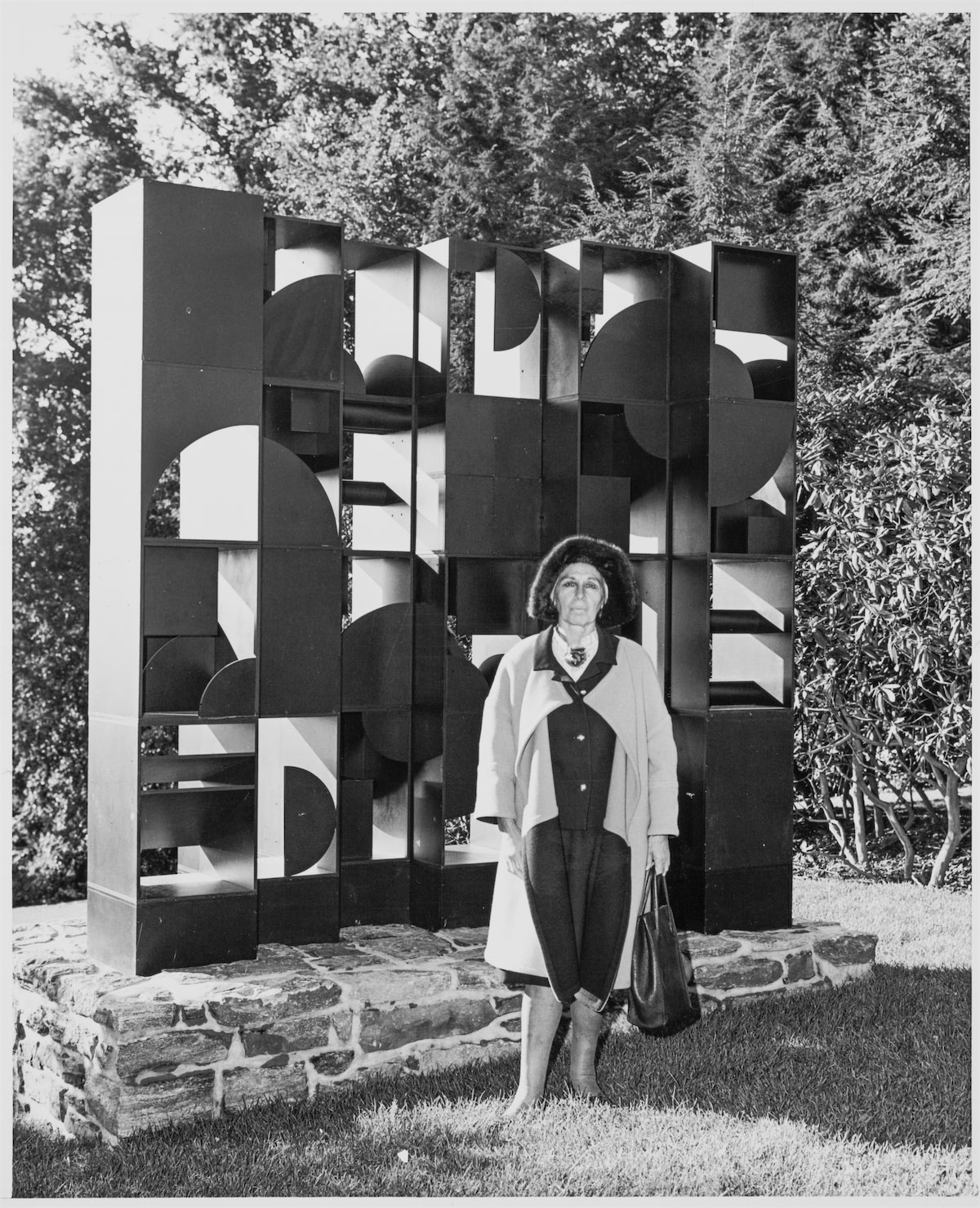
Louise Nevelson’s Modern Impact
We caught up with curator Shirley Reece-Hughes, curator of paintings, sculpture, and works on paper at the Amon Carter Museum of American Art, on the eve of the much-anticipated Louise Nevelson exhibition opening.
When did you first encounter Nevelson’s work?
Shirley Reece-Hughes: I first encountered her sculpture at the Tate in London while studying abroad in the late 1980s. I was living in Oxford and volunteering at the Ashmolean Museum, where I studied hundreds of Greek and Roman plaster casts in the Ashmolean Cast Gallery. I remember visiting the Tate and being awestruck by one of Nevelson’s wall sculptures, thinking it breathed more life than the classical figurative casts. I had never seen an abstract sculpture of that scale with such intricate detail. Nevelson’s name and work stayed with me.
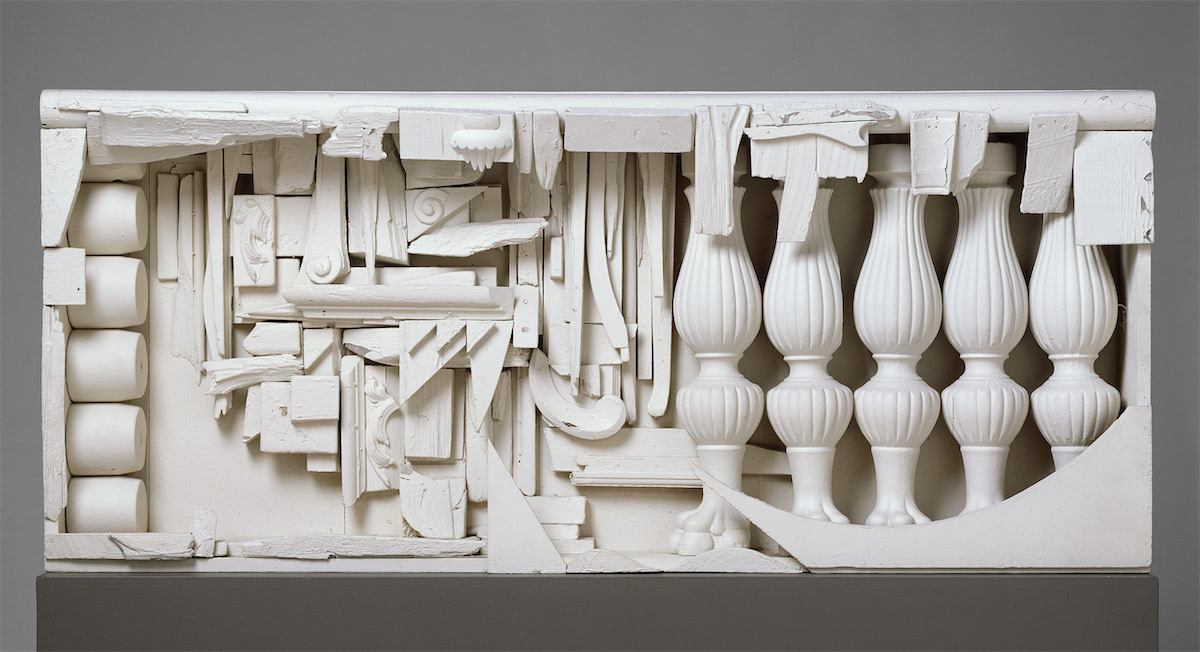
Louise Bourgeois (1911-2010) and Nevelson were the only women working on sculptures of this scale during that period. What was her process in the studio?
SRH: Nevelson had limited resources when she started her signature wall assemblages in the late 1950s. She collected wooden debris like furniture, crates, and cabinets from litter piles on New York City streets, took these found objects home, and organized them into piles. She configured these objects into crates and stacked them on one another. With her modular units, the artist could rearrange the crates until she landed on a solution that suited her eye.
Nevelson painted each object and crate primarily monochromatic black, and later white or gold to unify the disparate wood fragments. During the 1950s, Nevelson probably did most of the work herself but had a live-in assistant who helped with everything from running errands and paying bills to assisting her with sculptures.
By the 1960s, when Nevelson had greater financial means, she hired more assistants to help assemble large-scale works. But the vision was always Nevelson’s.

What drove you to explore her work in the 2020s.
SRH: Looking at the Carter’s holdings by Nevelson — including an etching, her 1963 and 1967 Tamarind lithographs, and three sculptures created during different phases of her career — inspired me to dig deeper into the artist’s oeuvre. As a young Jewish Ukrainian immigrant and mature working artist during the male-dominated art world of the mid-20th century, Nevelson had overcome many obstacles. I thought it was important to reclaim the depths of her contributions to American creativity and her interest in the natural environment, particularly today when conversations about immigration and the environment are contentiously ongoing.
Nevelson’s 20-year study of modern dance, collecting interests, travels to Mexico and Guatemala, lithographic experimentation, and awareness of the environment had not been explored in depth before. The exhibition presents a more nuanced portrait of Nevelson, featuring five thematic sections titled The Choreographer, The Visionary, The Printmaker, The Community Builder, and The Environmentalist.
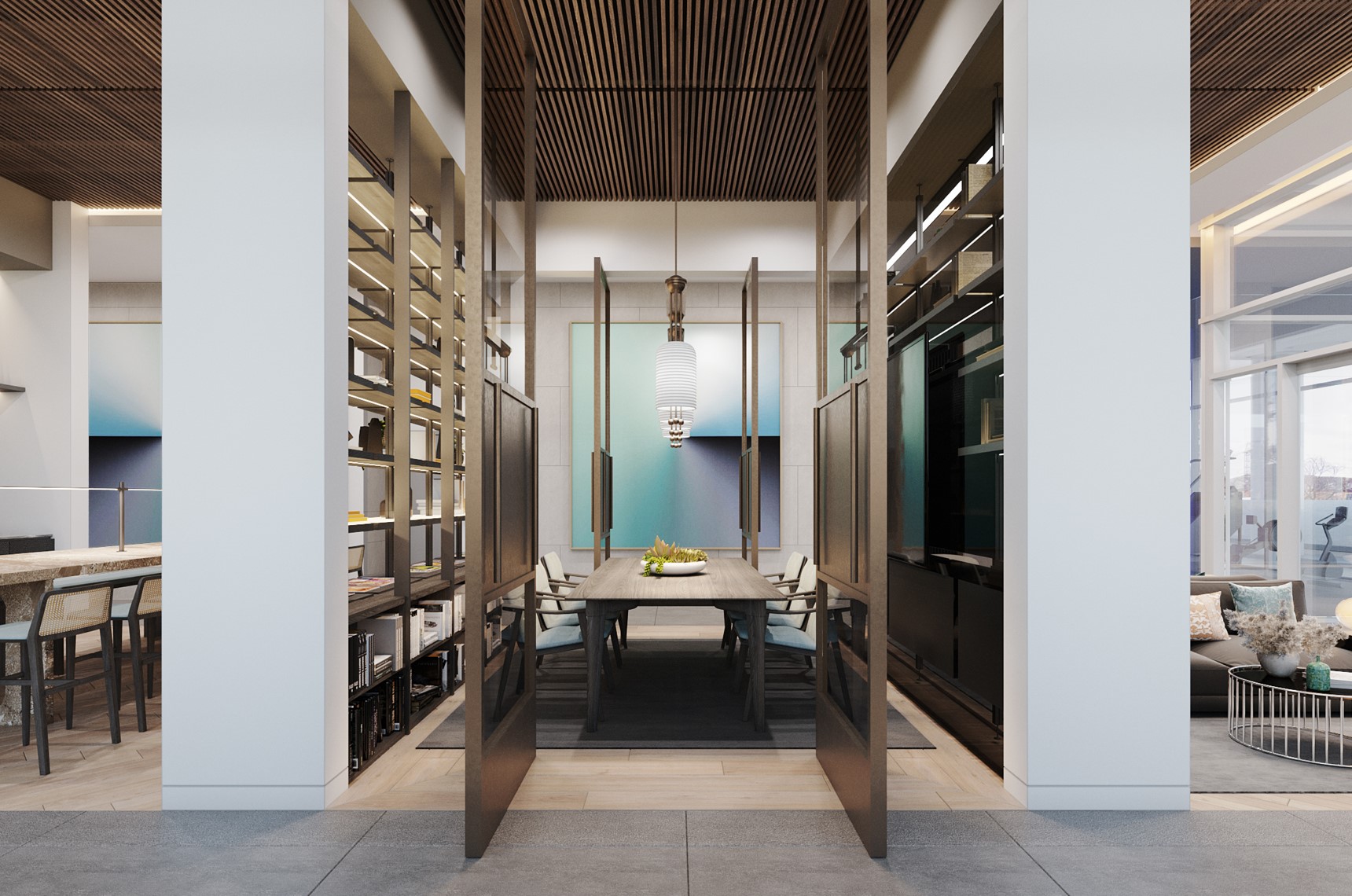





![Louise Nevelson, Untitled [I], 1967](/wp-content/uploads/2023/09/Louise-Nevelson-22Untitled-I22-1967-181x300.jpg)













![Louise Nevelson, Untitled [I], 1967](/wp-content/uploads/2023/09/Louise-Nevelson-22Untitled-I22-1967-616x1024.jpg)














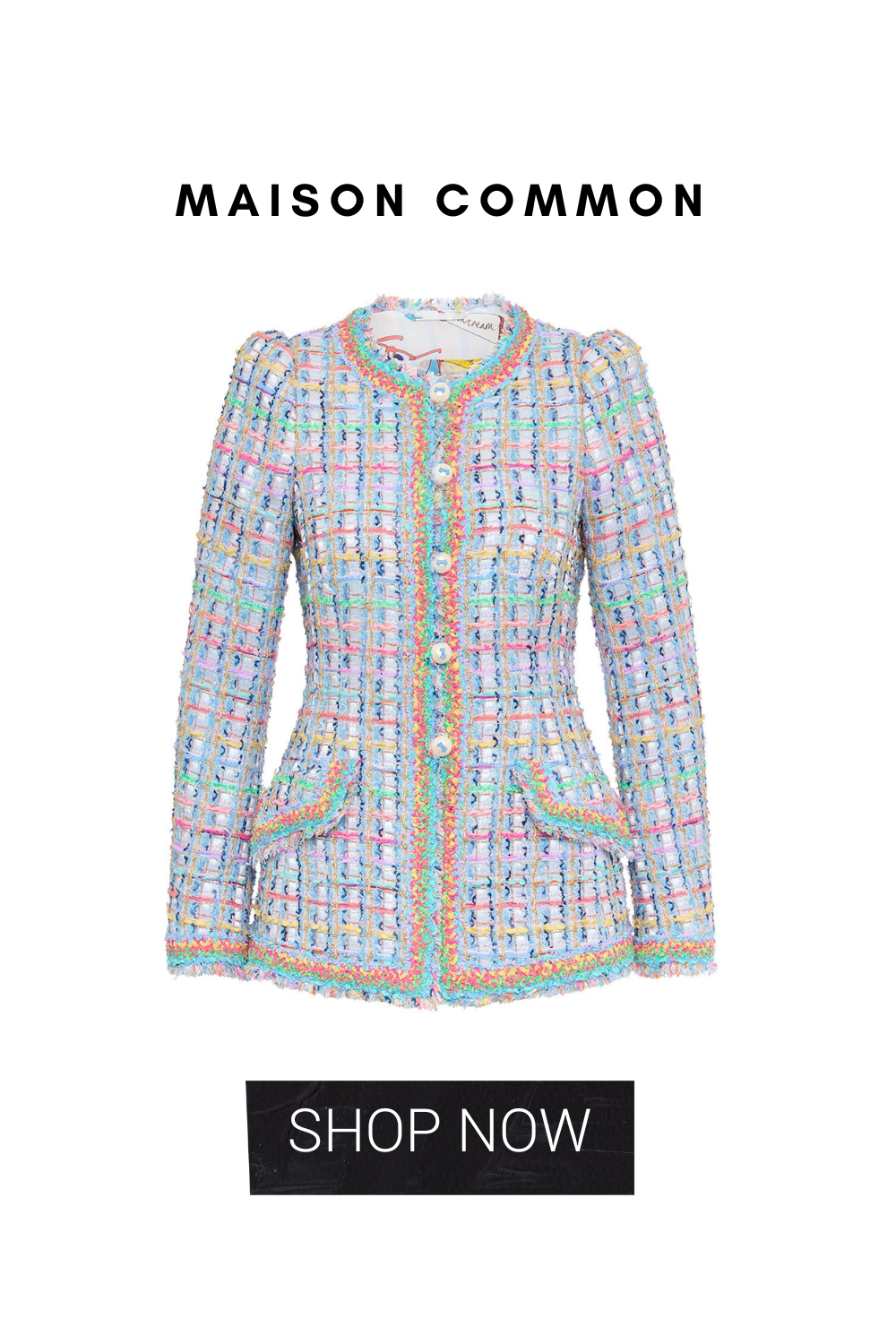

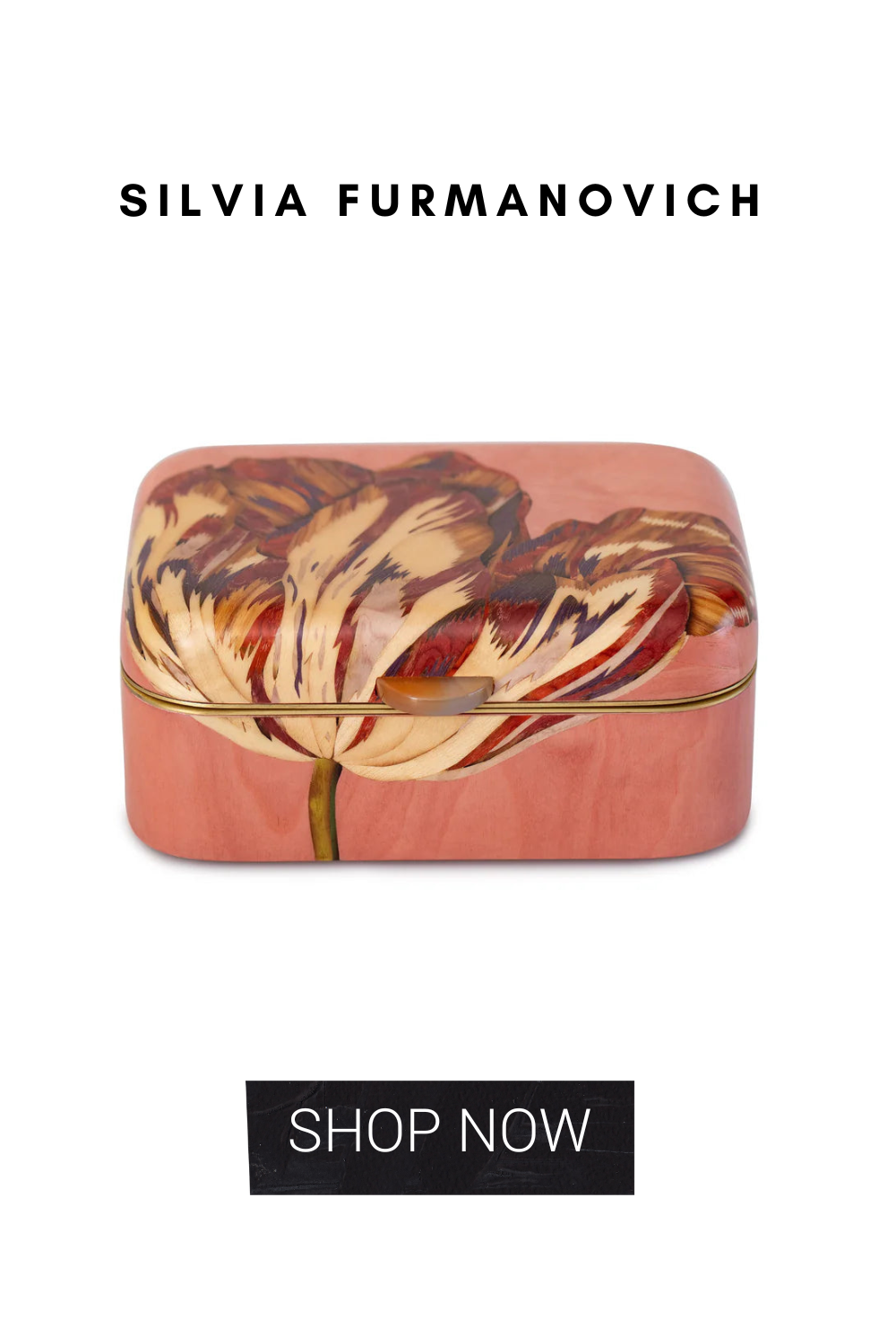






_md.jpeg)

_md.jpeg)



_md.jpeg)

